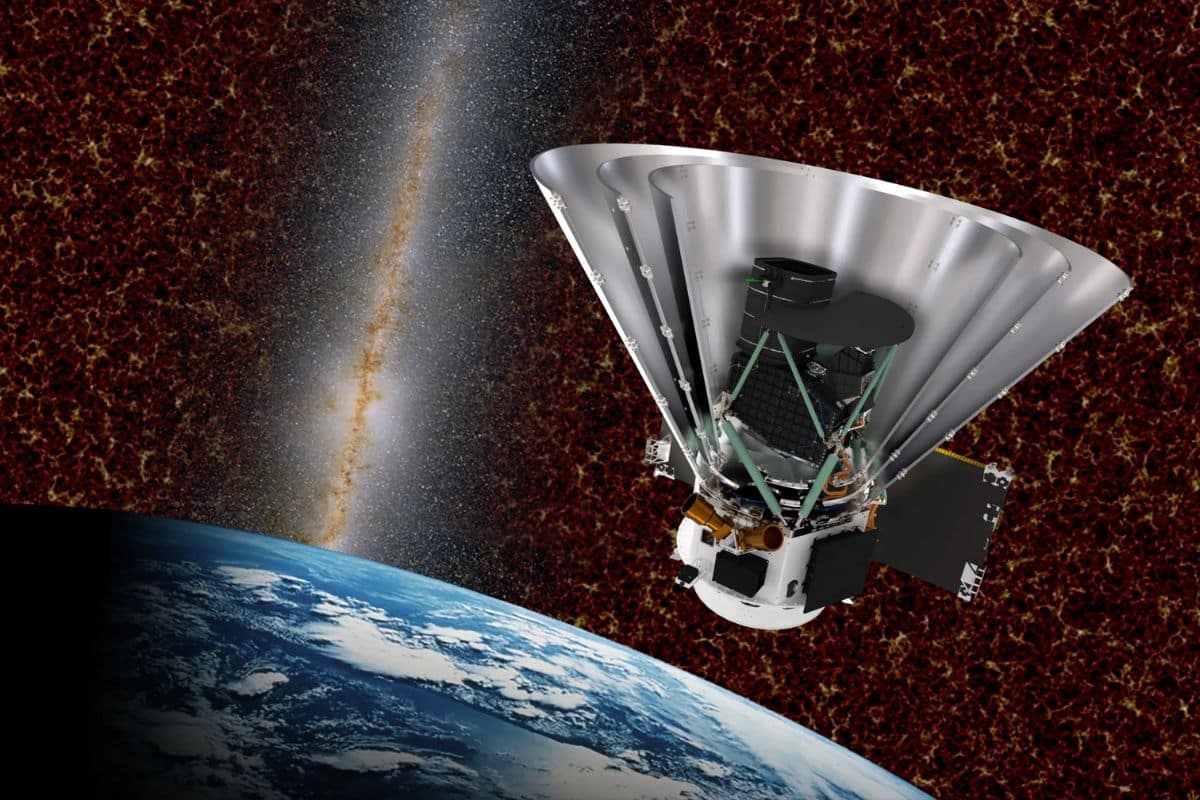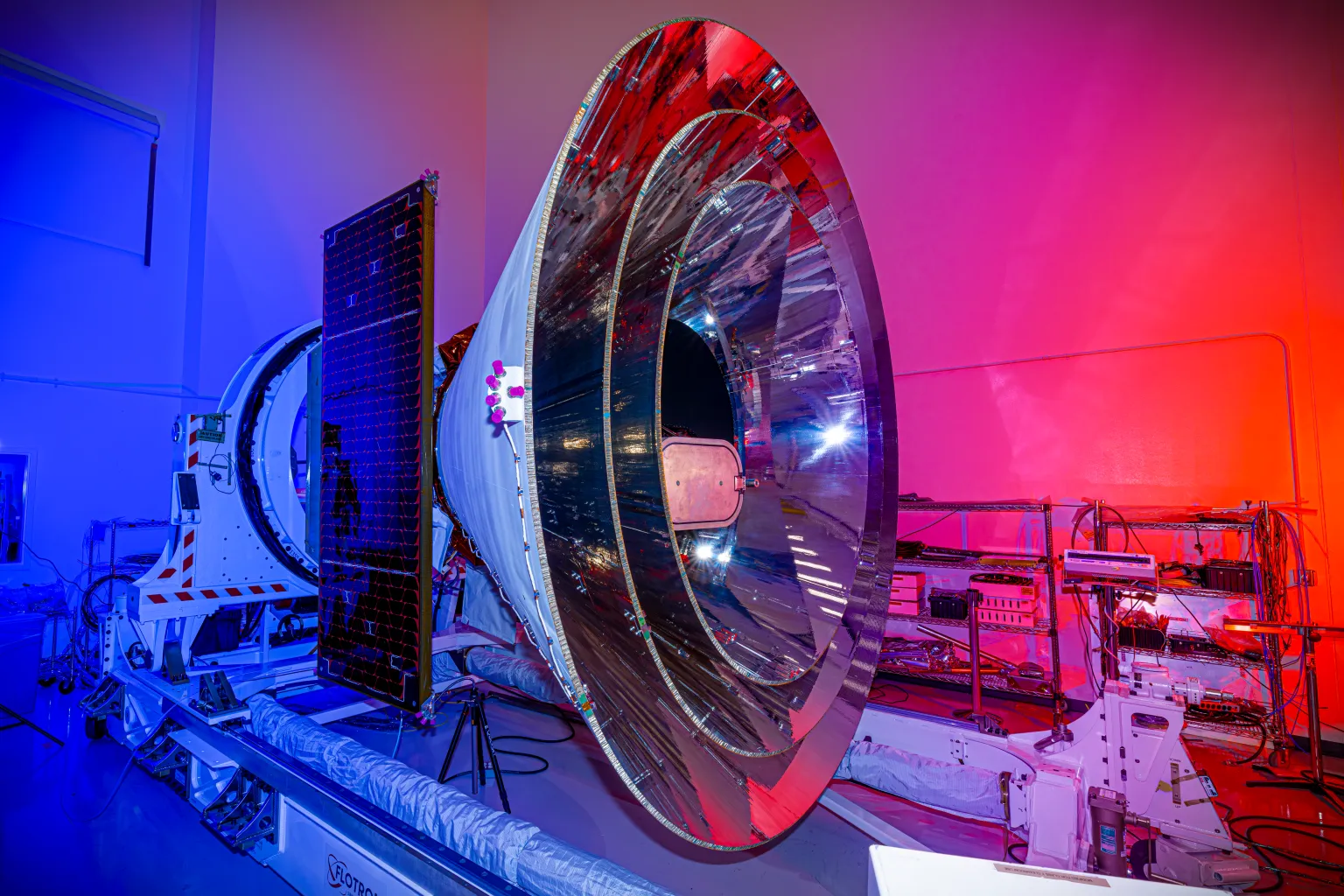NASA has officially announced that its latest infrared space telescope, SPHEREx, has begun its mission to explore the universe. The telescope, which stands for Spectro-Photometer for the History of the Universe, Epoch of Reionization and Ices Explorer, has now captured its first light, confirming that its systems are functioning as expected.
According to Jamie Bock, SPHEREx’s principal investigator at Caltech and NASA’s Jet Propulsion Laboratory, the instrument team successfully achieved their goals, marking a major milestone in space exploration.
Comparing SPHEREx and JWST: Different Approaches to Infrared Space Exploration
While both SPHEREx and the James Webb Space Telescope (JWST) operate in the infrared spectrum, their missions differ significantly. JWST focuses on analyzing the intricate details of ancient stars and galaxies, whereas SPHEREx specializes in mapping vast cosmic regions.
Essentially, if JWST provides deep insights into specific celestial objects, SPHEREx offers a broader, more panoramic view of the universe. Though its latest images are not yet the high-quality scientific maps it will eventually produce, they serve as an essential step in its journey toward full operation.

SPHEREx is equipped with six detectors, each responsible for analyzing 17 different wavelength bands, allowing it to capture data across 102 infrared bands in total. This wide field of view enables it to detect about 100,000 astronomical sources in even its preliminary test images.
The colors seen in SPHEREx’s images are representations of infrared wavelengths, which are invisible to the human eye. Longer wavelengths appear redder, while shorter ones appear more purple, following the natural behavior of light as it shifts through the spectrum.
Exploring the Universe’s Origins Through Infrared Astronomy and Cosmological Redshift
Infrared telescopes like SPHEREx are crucial for studying the distant universe because light from ancient cosmic objects shifts toward the infrared as it travels across expanding space. This phenomenon, known as cosmological redshift, allows astronomers to study the earliest structures that formed after the Big Bang, nearly 13.7 billion years ago. SPHEREx’s ability to penetrate cosmic dust and analyze light stretched by the universe’s expansion makes it an invaluable tool in understanding the origins and evolution of the cosmos.
Currently, SPHEREx’s detectors are still in the process of cooling down, a necessary step since infrared measurements require extremely low temperatures to minimize heat interference. Once fully operational, the telescope will begin taking approximately 600 exposures per day, covering vast portions of the sky. Launched on March 11, 2024, with a budget of $488 million, SPHEREx is set to revolutionize our understanding of the universe when it begins routine science operations in late April.


